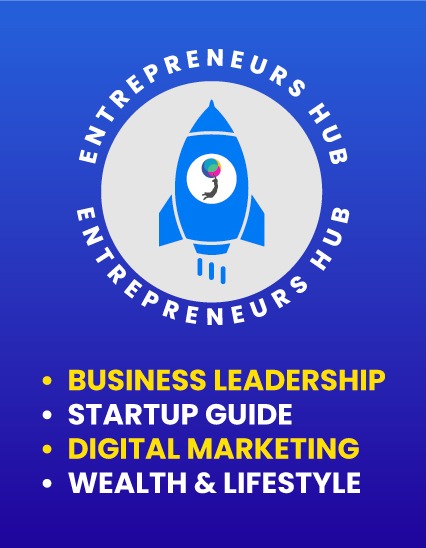Guidelines for Successfully Migrating Databases to the Cloud

According to a recent Gartner report, by 2025, 75% of databases will be deployed or migrated to the cloud. This shift will bring numerous benefits to businesses, including flexibility, scalability, faster infrastructure configuration, consumption-based pricing, and access to a broader range of database management systems. However, migrating databases to the cloud can be a complex process that involves downtime, data schema reworking, and application refactoring.
Migrating all data contained in the database is an essential component of the process. Data migration is a high-risk task, with 83% of data migrations exceeding budgets and timelines or failing altogether, as per Gartner. However, taking this risk could lead to significant rewards for businesses. Most major companies execute their cloud migrations iteratively. An expertly executed data migration significantly reduces the risk of moving databases and applications later, considerably enhances application performance, query efficiency, and response time, simplifies deployment processes, strengthens security, and improves data governance, thereby helping businesses to comply with data privacy regulations such as the GDPR and the California Consumer Privacy Act.
To ensure a smooth migration process, follow these helpful tips:
1- Evaluate your Current Data Environment
Before taking any further steps, assess the existing data environment, including any challenges or risks associated with it. Identifying any obstacles allows you to work through them during the proof of concept phase. Determine the size of the databases, assess applications for cloud-compatibility, identify mission-critical databases and applications, and determine which ones need to remain on-premises for compliance reasons or because migrating them to the cloud is not feasible.
2- Evaluate the Skills and Expertise of your Internal Team
Determine the areas in which your team members need to upskill so that you can incorporate this into your migration plan and ensure that your team can efficiently use the new cloud platform post-migration. If you plan to use a different database in the cloud, your team members will likely need upskilling in that area. Additionally, it’s critical to evaluate your team’s current workloads to avoid overscheduling them during the migration process, which could lead to delays or derailment of internal projects.
3- Choosing the Optimal Migration Software
There are several tools available to help new customers with database migration, such as Alooma, an ETL tool recommended by Google Cloud Platform (GCP). This tool streamlines database migration by automating one of the most tedious tasks, i.e., transforming and normalizing data. Alooma also removes Personally Identifiable Information (PII) and detects errors during data transfer to the target database. When evaluating and testing migration tools, choose the one that best fits your team’s needs and skills and your specific use case.
4- Implementing a Preliminary Model
A proof of concept helps you work through the challenges and risks you identified during the data environment assessment, highlights unforeseen issues, and ensures that your migration will be successful. For optimal results, don’t create an irrelevant “test” app; instead, use a real application that is a good fit for exploring the cloud’s flexibility and scalability. Avoid selecting an extremely difficult use case or one involving complex security and compliance issues.
5- Evaluate and reclassify your data
Performing a comprehensive review of your data is essential before you start migrating it to the cloud. This includes reclassifying it if necessary to ensure compliance with legal requirements and the integrity of existing security and compliance controls. The reclassification process will involve several business units, including compliance and legal teams. Once completed, you need to update your IT governance policies to reflect any changes.
6- Improve data quality
Migrating your databases to the cloud provides an opportunity to enhance data quality and utility by ensuring you don’t move old, incomplete, duplicative, or corrupted records. Data cleansing can be a complex and error-prone process, but it’s crucial to move accurate data as it’s unlikely to be cleansed again soon after migration. Enterprise ETL solutions like Alooma can automate data cleansing, save countless hours, and ensure data accuracy.
7- Revamping the Database Architecture
Before data migration begins, you need to convert your current data schema to one that is compatible with the new database. This involves creating tables and writing scripts for functions such as stored procedures and database triggers.
8- Transferring, Verifying, and Rectifying Data Inconsistencies
The initial data load can take several days, depending on the size of your database. During this process, the data is transformed, normalized, and checked for errors. Once the data is loaded, it must be validated again to ensure completeness, validity, and accuracy. All issues must be resolved before migrating the actual database.
9- Transferring and Securing Access Permissions
Cybersecurity should be a top priority during the migration process. Your company is responsible for anything it puts in the cloud, including enterprise databases and their contents. Duplicate all access privileges and security settings that were in place on-prem in your new cloud deployment.
Cloud migration is a long-term process that can take anywhere from several months to a year, depending on the size and data environment of your organization. The goal is to move your databases securely, efficiently, and accurately while minimizing disruptions to your business and clients.
If you want to know more about the topic and need help, contact Dreams Animation today by calling us at 212.212.202.0767 or make an appointment on our website dreamsanimation.com and grow your business.


















